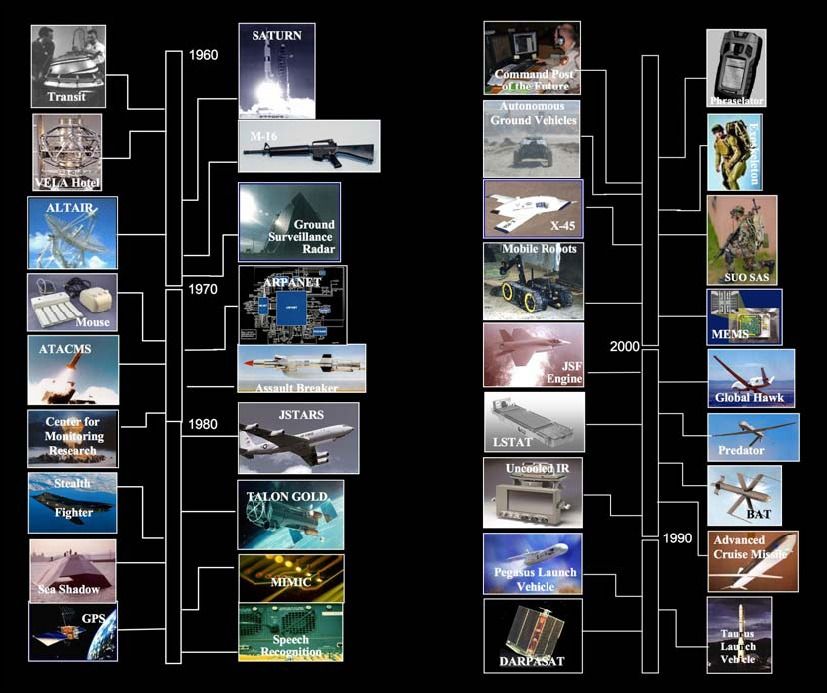From Physorg.com:
New Mexico’s governor Bill Richardson worked with the southwest desert state’s legislature to secure 33 million dollars for the final design of “Spaceport America,” the world’s first commercial spaceport.
Now the voters in the Dona Ana County municipality where the project is to be located will weigh in, in a referendum scheduled for April 3 on a new sales tax to fund the project.
If Spaceport America meets with voter approval, a maiden space voyage is expected in two to three years. If passed, the new tax would add 25 cents to a 100-dollar purchase, bringing in about 6.5 million dollars per year.
The project cleared a first hurdle earlier this month, garnering broad support from local lawmakers.
“The legislature gave its unanimous support to move forward aggressively with the spaceport,” said Rick Homans, chairman of the New Mexico Spaceport Authority, in a statement.
“They have given us the green light to put all systems ‘Go,’” he said.
New Mexico officials acknowledge being swept up in something of a space race in their bid to be the world’s first functioning spaceport.
Race away! It’s about time that the action in the private spaceflight sector is really picking up. The more players, the more competition, the more progress! Although launch costs are about $5,000/lb. at present, efforts like this will push costs down to $1,000/lb., and then to $500/lb. and below, far sooner than many people think!
